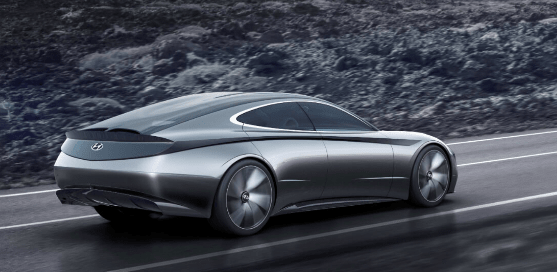Autonomous Cars - How Would You Spend Time Saved in Self Driving Cars?

Autonomous Cars - How Would You Spend Time Saved in Self Driving Cars?
Isn’t it exciting to think that cars may one day drive themselves for our benefit? You won’t have to deal with mirror signal routines, finding parking spots or worry about going pas the speed limit because the car takes care of all these for you.
These are a few of the scenarios an autonomous vehicle can give. But if we have self-driving cars right now, what would you spend the time saved on driving instead?
Research has shown the answers to such a question by asking more than 100,000 car owners in various countries. American drivers say that they spend about 52 minutes each day on travel, while those in Britain and Germany spend almost 50 minutes in their cars on regular weekdays. This is a figure that continues to grow for Spanish drivers.
Let’s say the average daily commute for people in North America, Europe and Asia was one hour. People in these regions were asked how much of their hour they would spend pursuing certain activities.
Many in North America and Europe answered that they’d spend an average of 22 minutes watching how the vehicle operates itself while 16 minutes of the same were answered by people in Asia. The next most popular activity had been personal communications, either through email or phone, with 15 minutes allocated by responders in Asia while 14 minutes for North Americans and 17 minutes for Europeans. People still wanted to keep in touch with their workmates, family and friends while they are on a self-driving car.
Maybe the most surprising statistic (or lack thereof), was sleep. It wasn’t a priority for many workers in these three continents with an average of 7 minutes allocated to sleeping alone.
Furthermore, many of these commuters answered that they won’t be spending that much time on doing additional work while travelling. In all three regions, the respondents said that they would allocate an average of 5 minutes only doing work activities which includes writing emails and other forms of communications related to work.
Autonomous Vehicles Can Save a Lot of Time for Commuters

As you may be very well aware, travelling is indeed a time-consuming activity. As mentioned earlier, people can spend an average of an hour each day commuting to their intended destinations. When added up, this one hour per day can accumulate to several days in the course of a year.
Imagine what you’d be able to do if you had all of the days spent commuting back. Being able to reclaim all of the time spent travelling is one of the real solutions offered by an autonomous vehicle. Self-driving cars are able to liberate drivers from driving while giving them more free time to pursue other activities.
Everyone Likes to Feel Safe, Especially in Self-Driving Cars
The greatest concern that people have with these soon-to-be self-driving cars is safety. In order to overcome such fear, it’s crucial that manufacturers establish a trust between their future passengers and these AI-managed vehicles. Everyone would be able to take advantage of their extra time riding a self-driving car only if they feel that they are in good hands.
A Driverless Car Can Still Keep You Busy

Now that we know what people would like to spend their extra time on, it’s also important to note that these activities would still be dependent on the features an autonomous car has to offer. You don’t have to bring in additional equipment when this future car has everything you need to keep you busy.
The self-driving cars we have now haven’t reached their peak yet, which means that drivers will have to remain in the driver seat for now. Although it’s possible to take one’s hands off the wheel and do other things, it’s still imperative to keep your eyes on the road every now and then.
With that in mind, the next best thing drivers can do in such a situation is to make use of multimodal car interfaces. Using connected software services and products will allow drivers to enrich themselves while they are riding in their driverless car.
For example, applications for head units can keep drivers busy during their trips. By connecting to the Internet, these head units can act as an infotainment system that provides audio, video, navigation and other in-car features with Internet capabilities. For the passengers, using their rear seat entertainment systems will get the job done for now.
Conclusion
Since a lot of people plan to spend time inside these autonomous vehicles of the future, manufacturers are already planning design changes that will provide consumers with new ways they can use up their extra time.
These self-driving cars will eventually become those places where one doesn’t simply have to sit and wait until they arrive at their destination, but an area where they can truly enjoy themselves or make their trip more productive than it already is.

